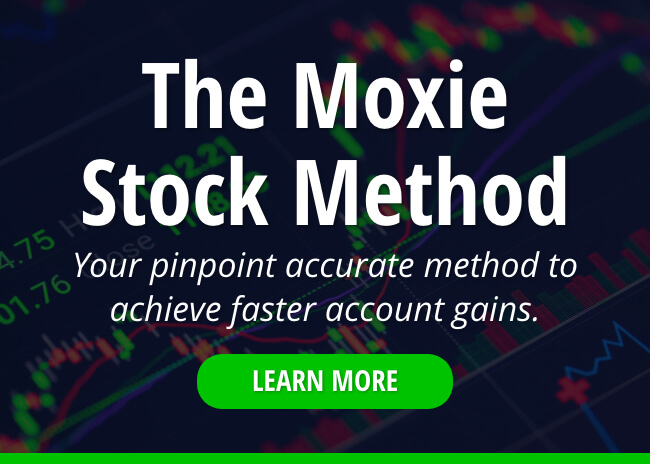Flipped Yield Curve May Signal Economic Stress
Simpler’s traders are keeping a watchful eye on a key signal that stands out and could reveal major changes in the economy.
Not a key signal to miss, the yield curve may matter more in this market environment than any stock or index.
Typically, short-term interest rates for bonds are lower than long-term rates – in particular the 10- and two-year bonds. The yield curve slopes upward on the chart, reflecting higher yields for longer-term investments.
The difference between two maturities of the bonds, the two-year rate and the 10-year rate, is what is known as the yield curve.
If the interest rate for a 10-year bond is 5% and the rate for a two-year bond is 3%, this is a positive yield curve of 2%. When the result is positive, this is a good normal, and a healthy yield curve signals higher expectations for economic growth.
The flip side is when the yield curve inverts. When the 10-year is paying 3% while the two-year is paying 5% the yield curve is negative 2%. The inverted yield curve has historically been a precursor to a recession. Some examples of this inversion are the dot-com bubble from 2000, the housing crash of 2007-2008, and the economic environment pre-Covid.
An important question one might ask is, “Why would someone want a higher return for a two-year bond than a 10-year bond?”
This yield curve confusion happens when the fear of economic conditions causes bond investors to prefer shorter-term investment vehicles – and this tends to increase bond prices and lower yields.
An inverted yield curve is an uncommon event and suggests to investors that the near-term is riskier than the long term. In the context of supply and demand, a bond investor perceives a short-term bond investment as more lucrative than a bond with a longer-term maturity.
An inverted U.S. Treasury yield curve is one of the most reliable leading indicators of an impending recession.
Economic cycles vary in length and historically have transitioned from growth to recession and back again. Inverted yield curves are an essential element of these cycles, preceding every recession since 1956. The inversion of the yield curve preceded the peak of the recession in October, 2007, by 14 months and the recession in December, 2007, by 16 months.
Simpler’s traders are aware that in a market environment like we are in now, being prepared by watching the charts carefully is vital to strategize trades. Look out for what might lie ahead, and remember that inversions are an anomaly and they don’t last forever.

